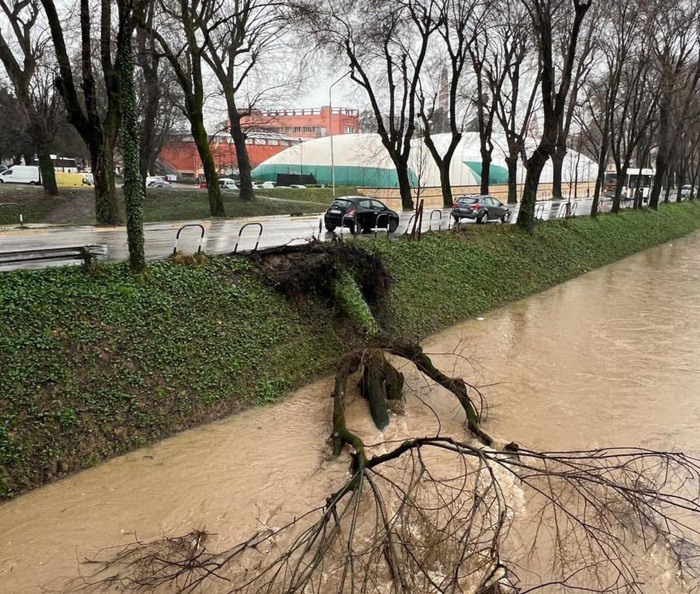Enlarge image
So-called closure structure of a flood retention basin in Thuringia
Photo: Martin Schutt / dpa
Whole regions were devastated by the Ahr flood, many lives and even more homes were destroyed.
The emotional damage can hardly be quantified, and a lot of money goes into the reconstruction.
An EU study now shows that retention areas are the most cost-effective way to reduce possible future damage from river floods.
In the European Union and Great Britain, flood damage could increase to an estimated 44 billion euros per year by the end of this century, the researchers write with a view to climate change.
Retention areas could reduce this amount to around 8.1 billion euros, as calculated by the team led by Francesco Dottori from the EU Commission's Joint Research Center at the Ispra site in Italy.
The number of people affected by flooding would then be around 80 percent lower than without flood protection.
The study was published in the journal Nature.
High costs due to flooding
The researchers understand retention areas to be areas or basins in or on the course of a river into which water can be diverted in a controlled manner when water levels rise sharply and in which water can be temporarily stored.
In their calculations, the experts assumed a global temperature increase of three degrees Celsius by 2100.
According to climate researchers, this could happen if climate protection is not significantly strengthened.
For Germany, they calculated an average of 383 million euros in annual expenditure from 2020 to 2100 for the retention areas.
The cost-benefit ratio is around one to four euros.
According to the analysis, river floods in the EU and Great Britain are already causing an estimated 7.6 billion euros in damage every year.
About 166,000 people are exposed to them each year.
According to the researchers, the other protective measures such as dike construction, flood-proof buildings and resettlement would be less cost-effective when viewed as a whole.
Although dykes are economical, they have disadvantages for the environment, society and the economy if this method is used extensively.
From a cost perspective, flood-proof buildings are more worthwhile selectively, but not over a large area.
Resettlement is too expensive because new land has to be bought, old houses demolished and new ones built.
The environmental protection organization WWF Germany referred to flood plains as ecological flood protection.
"By restoring river floodplains, water retention in the area is improved by giving the river more space," said Theresa Schiller, the WWF's International Water Resources Officer.
Such flood protection has a beneficial effect on the landscape water balance, which is gaining in importance due to increasing droughts.
The experts working with Dottori pointed out that their results could only be of limited use in practice.
Locally, a combination of multiple flood protection strategies, tailored to local conditions, they say, should yield the best results.
They also mainly included the monetary benefit of the various measures, without taking social, economic or cultural aspects into account.
ani/dpa









